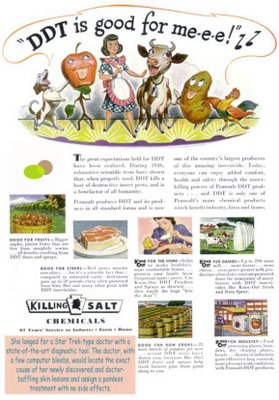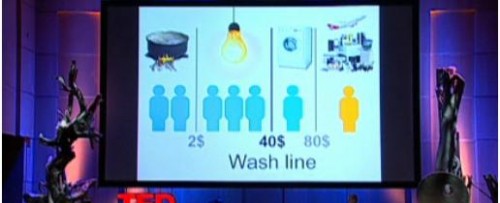Cross-posted at Love Isn’t Enough.
The West has a long history in which Black and African people were stereotyped as more in touch with nature and more like animals than White and European people. This elision still haunts us, and Sasha H. sent in a link to an example. To be fair, I went through several pages of Google search results and found only two instances of this particular mistake, but I thought it was worth pointing out as a cautionary tale.
Sasha’s link was to an amusement-focused website called Silly Village. They posted a series of photographs of a little girl, named Tippi Degré, who was born to wildlife photographers in Namibia, where she grew up. The photos are of her with lots of animals and the set of photos is titled “Young Girl Life with Wild Animals.” The thing is, though, two of the photos do not include animals, but include only her and local Africans, no animals at all.
I found this same mistake at a more serious source, one that should have editors who are more careful than this, The Telegraph. The story, titled “The Real-Life Mowgli who Grew Up with Africa’s Wild Animals,” includes a slideshow introduced with this language:
A remarkable range of pictures in a new book show Tippi Degre — a French girl labelled the ‘real-life Mowgli’ — growing up with wild animals.
But the slideshow includes three images, again conflating African animals with African people.
If this happened rarely, it could be chocked up to a random mistake, but this conflation is actually rather ubiquitous. We’ve posted on this many times. Here are three choice posts: animalizing women of color, Africa is wild and you can be too, and choosing girls of color for animal costumes.
Lisa Wade, PhD is an Associate Professor at Tulane University. She is the author of American Hookup, a book about college sexual culture; a textbook about gender; and a forthcoming introductory text: Terrible Magnificent Sociology. You can follow her on Twitter and Instagram.











